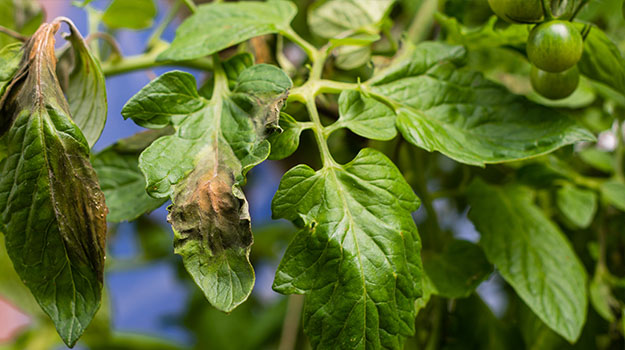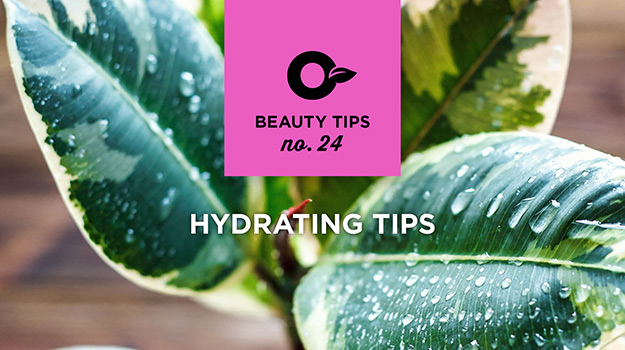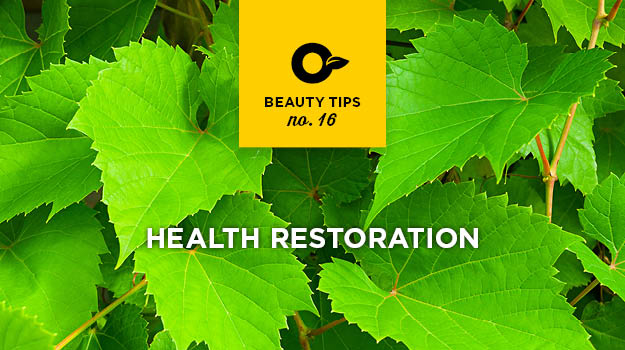
Help! Is there a plant doctor in the house? Gardening is a snap when everything is running smoothly, but things get complicated when your plant starts to look puny.
Diagnosing plant problems is tricky, but a basic understanding of common issues can help you define the problem and provide helpful solutions.
1. Garden Pests
Do the leaves look like something is eating them?
- Noticeable holes chewed through the centers of leaves may be the work of slugs or snails. Control slugs and snails with a non-toxic or chemical slug bait, or protect your plants with a barrier such as copper stripping, diatomaceous earth or crushed egg shells.
- If the edges of the leaves look torn and jagged, or if the plant is eaten to the ground, your problem may be a mammal such as a deer or rabbit. Although you can try various commercial or homemade repellents, fencing is probably the only surefire solution.
Is the foliage stippled or spotted?
If leaves are stippled or spotted, the plant may be a victim of sucking insects like aphids or spider mites. Both, as well as scale and other sucking pests, are usually easy to control with insecticidal soap spray.
2. Plant Diseases
Do you see round spots, rings, or fuzzy growth on the leaves?
- These symptoms are typical signs of fungal diseases. Trim and dispose of damaged growth. Rake up all debris around the plant. Water carefully at the base of the plant to avoid wet conditions that contribute to fungal disease. Avoid overcrowding.
- If the disease is advanced, discard the plant and start over. Most fungal diseases are difficult to treat, although fungicides may be helpful when used as a preventative measure, or if applied immediately after symptoms are noticed.
Does your plant display galls, irregularly shaped spots or distorted or yellowing growth?
Your plant may have a bacterial disease. This type of disease spreads quickly, often through improper irrigation where water is splashed from an affected plant. Discard affected plants. Start over with disease-resistant plants. Don’t plant in the same area, however, as diseased pathogens frequently remain in the soil. Water at the base of the plant and avoid overhead irrigation. Chemical control is usually not effective against bacterial diseases.
To know more about plant diseases, visit our professional PRO-MIX website: Introduction to Root Diseases – Disease Triangle
3. Environmental problems
Do leaves look bleached or white?
Bleached or white leaves are often the result of too much sunlight. Read the nursery tag carefully and locate plants in an appropriate spot. Harden off new transplants before planting them in the garden.
Are the leaves wilted?
Wilting may indicate a number of things, including pests or diseases, but improper watering is often the culprit. Most plants don’t do well in soggy, poorly drained soil. Similarly, excess watering can lead to a host of problems. Although some plants require consistently moist soil, allowing the top of the soil to dry between watering is standard practice for most plants.
Do you notice severe discoloration or weakened growth?
Discoloration and weakened growth are common signs of nutritional deficiencies. Although regular application of fertilizer may solve the problem, some plants have more complicated nutritional requirements.


